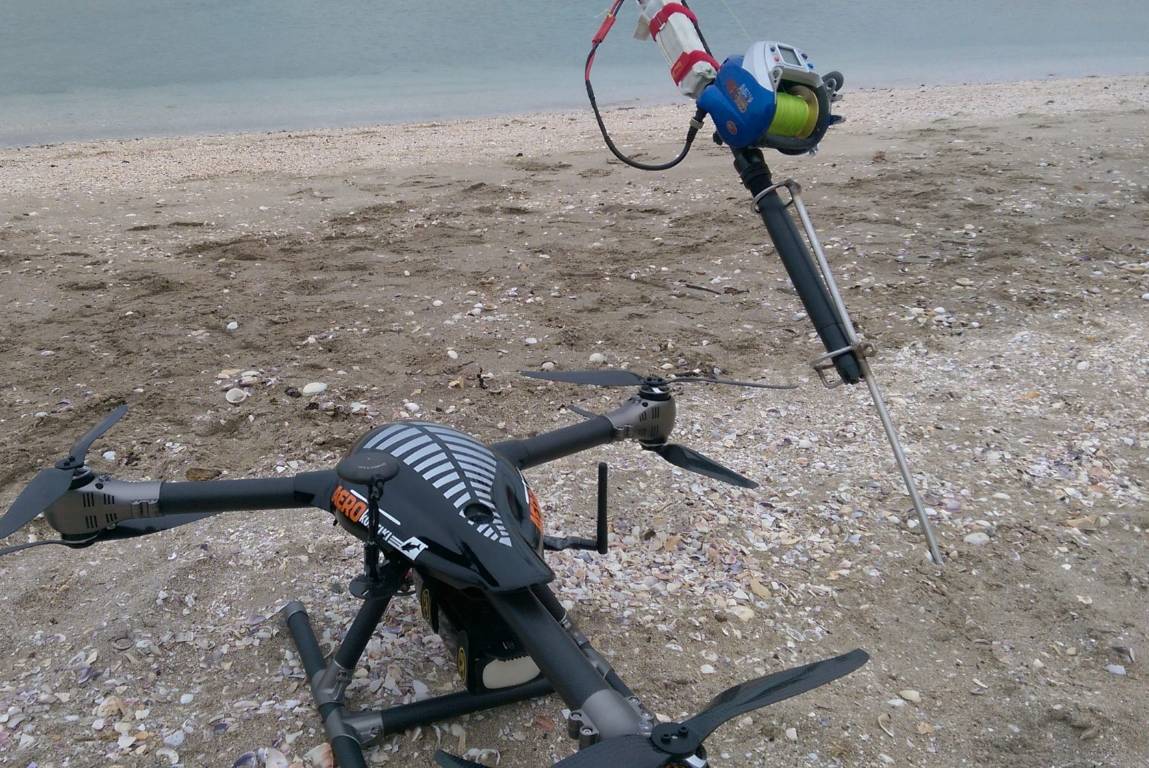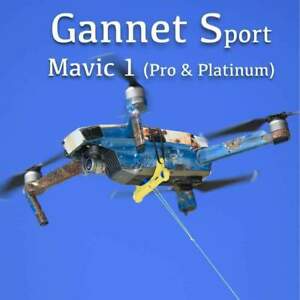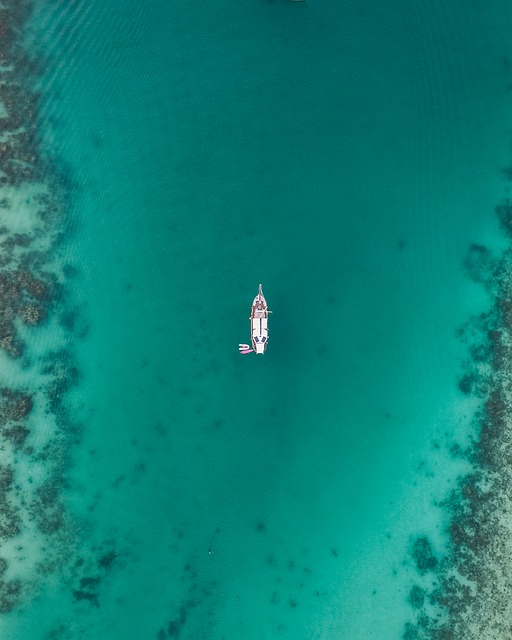
This article will discuss the basics behind a drone fishing system. We will also discuss what to look out for when selecting your drone, battery life and payload. Next, we will discuss how to get the best drone. Continue reading for more tricks and tips. You'll soon own the drone you desire! Let's begin !..., and maybe even catch a few fish.
Basic drone fishing gear
When you are ready to start drone fishing, the first thing you need is a good set of hooks. The fishing line should not be more than twice the length. It should be mono- or braided. It should be tied with a Cat's Paw Loop, Uni knot or Uni knot. A sinker, weighing between two to eight ounces, and hooks to attach each section to the backbone will be required. Finally, attach the lead loop of your snap swivel to your drone.
There are many methods to make a fishing helicopter. The simplest method is to attach a hook to your drone's landing gear, and spin it until the line comes free. Another low-cost option is to use a dropper and drop line. Droppers allow you to keep your main line under the drone, without it getting tangled up with propellers. Fishing drones can be outfitted with accessories such as a dock or a battery pack.
You will need additional equipment once you have bought the basic drone fishing gear. A fishing line that is approximately 700m long, as well as a bait-dropping apparatus are required. These are optional but can make your drone fishing experience even more enjoyable. A drone will provide you with a clearer view and make it easier to spot fish.

Payload for drone fishing rig
If you're planning on catching a fish using a drone, you need to be aware of the safety measures that need to be taken. Strong winds and rain are not safe conditions for your drone to fly. Here are some suggestions:
First, ensure that your drone is strong enough to carry your weight. It will not be stable when loaded with braided line or heavy lures. It may also blow off its course if you are fishing along the coast. It's also important to check local regulations and laws, as some may not allow fishing from a drone. If you decide to fish with your drone, make sure it has a good carrying capacity.
Next, decide what accessories you will mount on your drone. A good rule of thumb is to use a rigging system that has a central attachment point to reduce weight distribution problems. The most suitable attachment points are the motor struts, landing gear, and legs of the drone. Avoid attaching payloads to your camera or gimbal, as they can be damaged. A simple solution is to tie a length of fishing line from one corner to the other. This can be secured with tape to prevent it from falling out.
Battery life of drone fishing equipment
Before you go fishing with the drone, check that the batteries are charged and all other equipment is working properly. This will keep your drone's battery charged and allow you to fish instead of worrying about charging it. You may be able to charge your drones using solar panels or batteries from your car. You should start with fully charged batteries. This will ensure that your drone can fly immediately after you arrive at your fishing spot.

A drone's flight times are another important consideration. There are some models that have longer flight time than others. However, a drone with a flight time of twenty-two minutes is sufficient to get the job done. This is great if you're looking to spend hours on the water with your drone. But you should be aware that a drone with limited endurance will be inoperable and will make it nearly impossible for you to catch fish.
Once you've set up your fishing gear, attach the line clip to your drone's legs, or to your motor struts. Attach the bait to your fishing line. When you are ready to drop your bait, make sure you lock the reel. As the drone drops the bait into the water, the tension will increase. Remember to charge the battery after every use, or it may not work properly.
FAQ
Can I fly my drone within my local park
Yes, you can fly drones in parks throughout the world. Safety concerns mean that not all countries allow drones to be flown in parks. Our list contains places where drones are legal to fly for enjoyment.
What are the rules regarding drone operation?
Register your drone with the FAA. This registration process includes submitting information about the device, including its weight, size, battery capacity, and operating frequency. You will also need to get an FAA identification number.
Can my drone be flown around my neighbourhood?
Yes! These are called UAVs (unmanned aircraft vehicles). There are many kinds of drones today. They range from small quadcopters, to large fixed-wing planes. The FAA recently released new rules for commercial UAV use, meaning that they are now legal to fly for business purposes. However, be aware that flying a UAV near airports may cause interference with air traffic control systems, and you must obtain permission from local authorities before operating one.
Does the FAA regulate drones
The FAA oversees all aspects regarding drone operations, including safety standards and certification requirements.
Which drone is the best?
The DJI Phantom 2 Vision+ is one of the popular beginner drones available today. This model is equipped with a 4K cam, which allows for high-quality aerial photos as well as videos. This drone can be navigated using the built-in GPS.
What is the difference in a quadcopter from a hexacopter.
A quadcopter is a four-rotor helicopter that flies like a traditional helicopter. The quadcopter has four independent rotors. A quadcopter has four rotors. The hexacopter has six. Hexacopters are stabler and more maneuverable than quadcopters.
Is it safe to fly a drone while driving?
Driving a drone is dangerous, as it could cause an accident or crash into another vehicle. Also, you could hit pedestrians or animals. A collision with power lines, trees, buildings, or power lines could cause serious damage to your vehicle.
Statistics
- According to the multiple listing service (MLS), houses and apartments with drone photographs are up to 68 percent more likely to sell than those without pictures. (thedroneu.com)
- According to industry research from ZipRecruiter , there are 10 cities where the typical salary for a Drone Pilot job is above the national average. (dronesgator.com)
- Research and Markets predict a growth rate of 51.1% over the next five years. (thedroneu.com)
External Links
How To
How To Fly Drones For Beginners
A drone is an unmanned aerial vehicle that can be remotely controlled and used for surveillance, aerial photography, film production, research, and other hobby purposes. Drone technology has been around since World War II. DJI's Phantom quadcopters became commercially available in 2010. There have been many types of drones since then, including beginner-friendly drones like the Parrot AR Drone 2.0 and professional-grade multi-rotor crafts like the DJI Mavic Pro.
There are many options for flying a drone.
-
Remote control – This technique uses a control device attached directly to your hands that allows you steer the drone around its flight path. There are two main types for controllers: Joysticks or On/Off switches, which can be used to control the drone's flight path.
-
Manual Control - Using a smartphone app, this method allows users to remotely operate the drone via GPS coordinates. You will need to keep track of where the drone is going and follow the directions from the app.
-
Autonomous flight - The drone takes over the piloting duties. It basically flies autonomously without any human intervention. The drone must be equipped with a camera and sensors that can capture images and data in order to fly autonomously.
-
Triggered flight - This is similar to manual control except that the pilot sets up a preprogrammed route and the drone follows the route until it reaches its destination. Once the programmed route is completed, the drone lands automatically and returns back to the base.
-
Landing Gear – Some drones are equipped with landing gear, which allows them to safely land if they lose power during flight.
-
Goggles-Some pilots use goggles to protect their eyes from debris during operations.
-
Camera – Some drones have cameras, which allow you to take photos or videos from up high.
-
Obstacles – Some drones have obstacle avoidance systems that stop them from colliding with obstacles.
-
Speed - Some drones reach speeds exceeding 40 mph.
-
Battery Life - Most drones can last between 20 minutes to 3 hours, depending on how much power you're using.
-
Some drones have a range of up to 30 miles, depending on their model.
-
Power source - Some drones require an external power source; others work off internal batteries.
-
Weight - Some drones have a weight of less than 1 pound and others weigh 4 lbs.
-
Size - Drones range from small devices that fit in one's palm to large crafts that weigh more than 50 pounds.
-
Price – All drones fall into a price category. These range from expensive models that cost thousands to affordable options that start at 100 dollars.